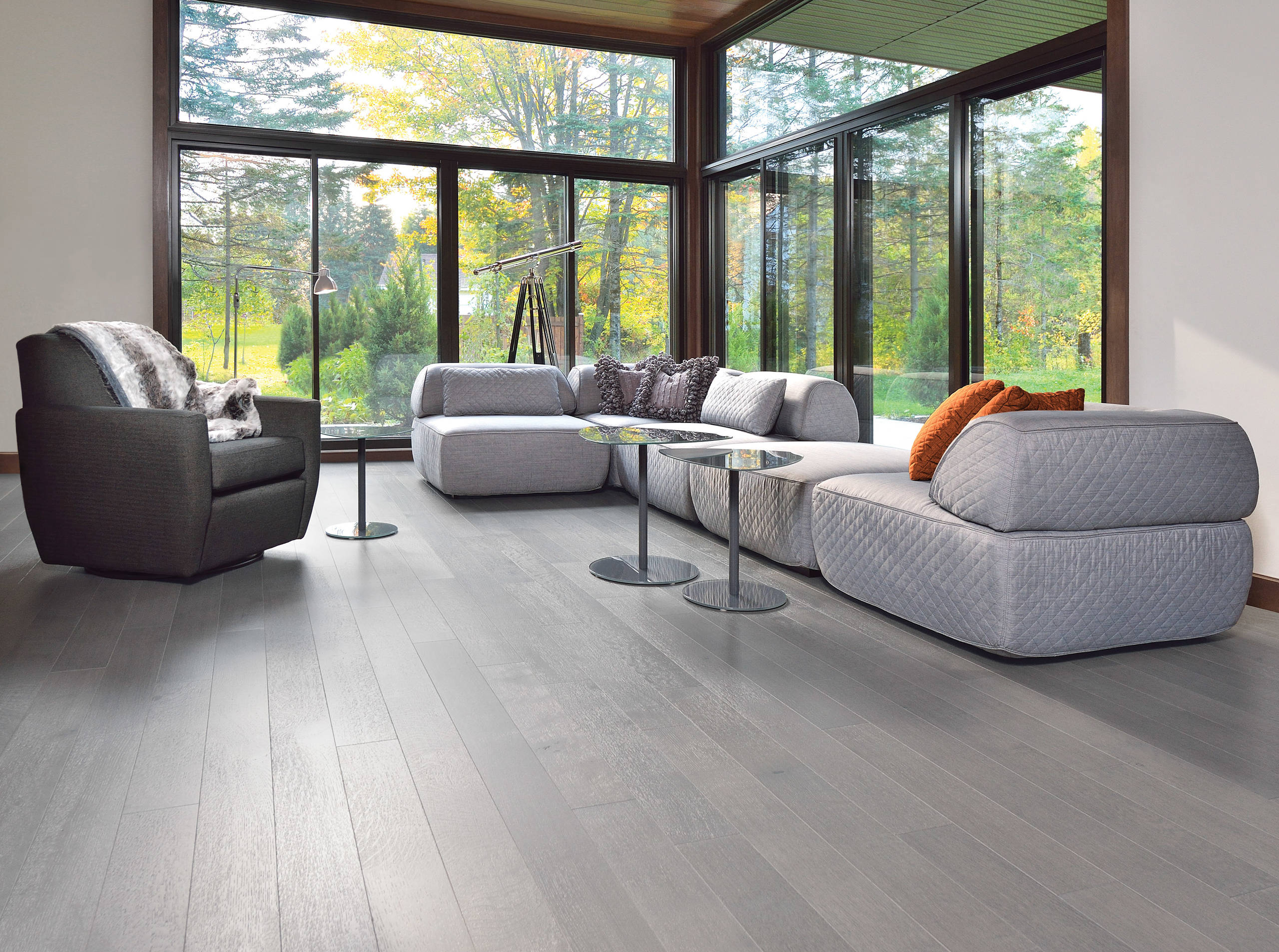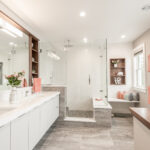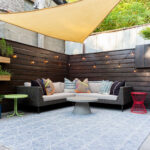When Sarah first walked into her Clinton, MD kitchen remodel, she froze. Water damage had warped her old floors, leaving her overwhelmed by choices. Should she stick with traditional hardwood? Try modern vinyl? Or explore new porcelain options? Like many homeowners, she didn’t realize how far flooring technology had evolved or how to choose the best flooring for homes that balances durability, style, and budget.
Today’s materials blend beauty with practicality. Porcelain tiles now mimic weathered oak planks so convincingly you’ll want to run your fingers across them. Luxury vinyl captures the rich grains of teak and mahogany – without the upkeep. These innovations mean your home can have the warmth of wood in bathrooms or the durability of stone in busy hallways.
We’ve helped hundreds of Maryland families navigate these decisions. Whether you’re refreshing a Mechanicsville ranch or designing a coastal retreat, your floors set the tone for daily life. They need to withstand pets, spills, and foot traffic while reflecting your personal style.
This guide simplifies the process. We’ll break down how different materials perform in real homes, share cost comparisons, and highlight hidden benefits. You’ll learn why some options work better in basements, while others transform living rooms into showstoppers. Let’s turn your vision into floors you’ll love for decades.
Content
- 1 Introduction to Our Flooring Buyer’s Guide
- 2 Exploring a Range of Flooring Options
- 3 Evaluating the “best flooring for homes”
- 4 Room-Specific Flooring Solutions
- 5 Installation, Maintenance, and ROI Insights
- 6 Conclusion
- 7 FAQ
- 7.1 What’s the difference between hardwood and engineered wood?
- 7.2 Can luxury vinyl work in kitchens or bathrooms?
- 7.3 How do we balance style and practicality for living rooms?
- 7.4
- 7.5 Is ceramic tile too cold for bedrooms?
- 7.6 Should we DIY install our new floors?
- 7.7 How does flooring impact home resale value?
- 7.8 Are there eco-friendly options available?
- 7.9
- 7.10 What’s the easiest material to clean daily?
Key Takeaways
- Modern materials like porcelain and vinyl offer wood-like aesthetics with enhanced durability
- Flooring choices directly impact a home’s functionality and resale value
- Climate and room usage should guide material selection
- New technologies provide cost-effective alternatives to traditional hardwood
- Professional guidance helps avoid installation pitfalls and maintenance surprises
Introduction to Our Flooring Buyer’s Guide
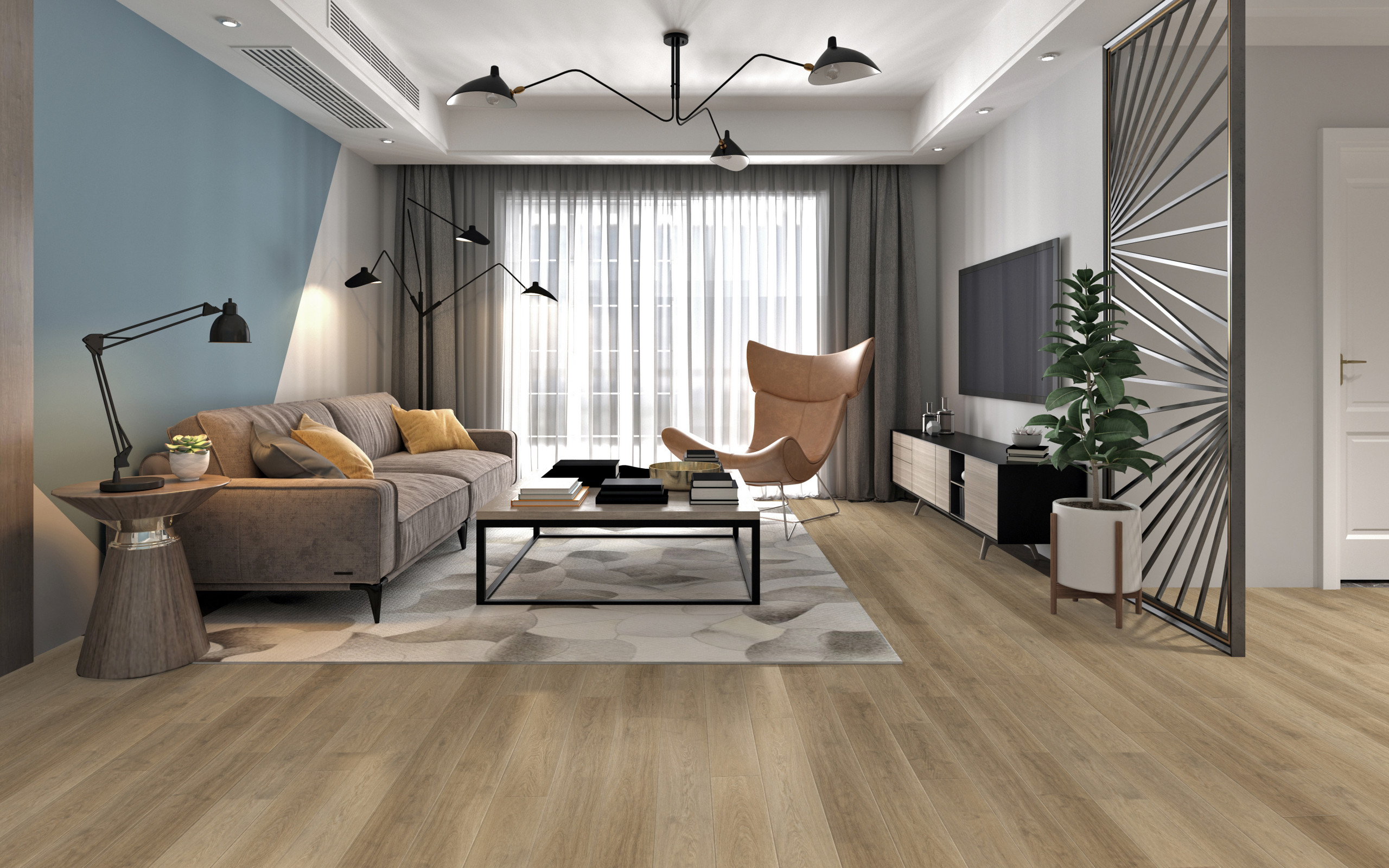
Walking through your front door should feel like coming home – every time. We know surfaces underfoot shape memories, from children’s first steps to holiday celebrations. That’s why our team approaches each project as partners in creating spaces that evolve with your life.
More Than Just Product Experts
For 14 years, we’ve helped Maryland families navigate flooring decisions. Our Clinton-based specialists once helped a military family create scratch-resistant floors for their service dog. In Mechanicsville, we transformed a historic farmhouse with moisture-proof options that preserved its charm.
You’ll find no high-pressure sales here. We listen first, asking about:
- Daily routines (puppy paws vs. slipper Sundays)
- Room-specific needs (mudrooms vs. master suites)
- Long-term plans (retirement nesting or resale prep)
Experience Materials Firsthand
Touch and compare samples at our showrooms. Our Clinton location at 7702 Old Alexandria Ferry Road showcases pet-friendly laminates. The Mechanicsville branch (26330 Three Notch Road) features coastal-inspired porcelain tiles perfect for Southern Maryland’s climate.
Can’t visit? Call +1-240-763-9792 or email info@europeangranitedesign.com. We’ll send curated samples to your door – no obligation. Because the right choice becomes clear when you see options in your actual lighting and decor.
Exploring a Range of Flooring Options
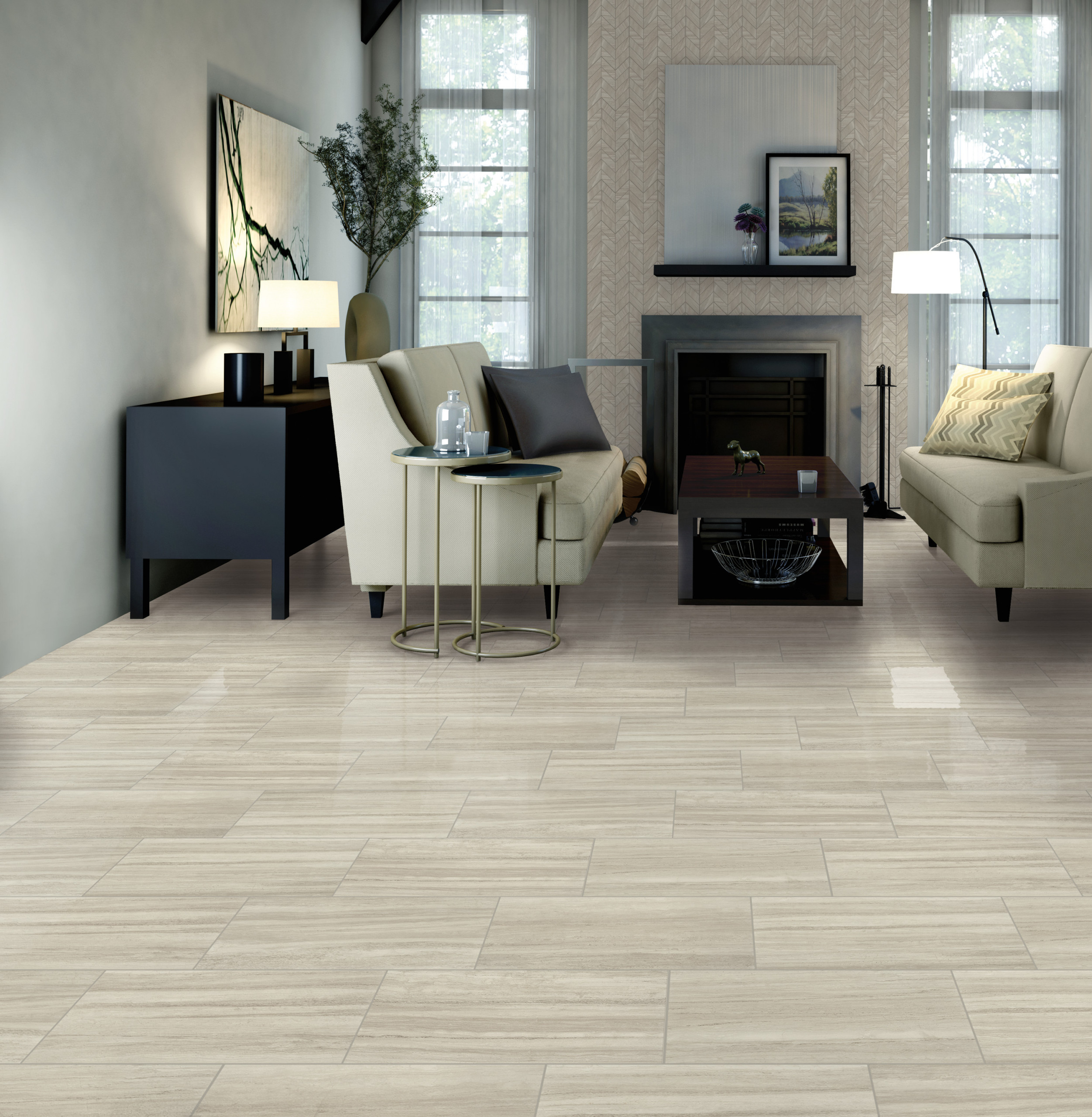
Your floors do more than just cover the ground—they shape how you experience every room. Let’s compare materials that balance style with real-life demands. Whether you crave natural textures or need spill-proof surfaces, modern choices deliver surprising versatility.
Wood Flooring, Hardwood, and Engineered Selections
Solid hardwood remains unmatched for timeless appeal. Its rich grains deepen with age, and sanding refreshes surfaces every decade. Perfect for living rooms or bedrooms, it adds organic warmth underfoot. But remember: moisture damages untreated planks.
Engineered wood solves this with layered construction. A real oak veneer sits atop moisture-resistant plywood. This design handles humidity better than traditional planks. Installation often uses click-lock systems, saving time and labor costs.
Ceramic, Porcelain, and Luxury Vinyl Choices
Porcelain tiles now mimic driftwood and slate with photographic precision. Their non-porous surfaces repel spills in kitchens and bathrooms. Recent innovations include rectified edges for seamless grout lines.
Luxury vinyl steals the spotlight for active households. Waterproof cores withstand pet accidents, while textured surfaces replicate hand-scraped wood. Some planks even include attached underlayment for noise reduction.
| Material | Best For | Key Benefits | Considerations |
|---|---|---|---|
| Solid Hardwood | Dry living areas | Refinishable, 100+ year lifespan | Avoid moisture |
| Engineered Wood | Basements, kitchens | Stable in humidity | Limited refinishing |
| Porcelain Tile | Entries, bathrooms | Scratch-proof, fade-resistant | Cold underfoot |
| Luxury Vinyl | Playrooms, laundry | 100% waterproof, cushioned | Not recyclable |
Still unsure? Bring samples home to see how walnut planks complement your sofa or how slate-look porcelain brightens a hallway. Materials react differently to your unique light and layout.
Evaluating the “best flooring for homes”
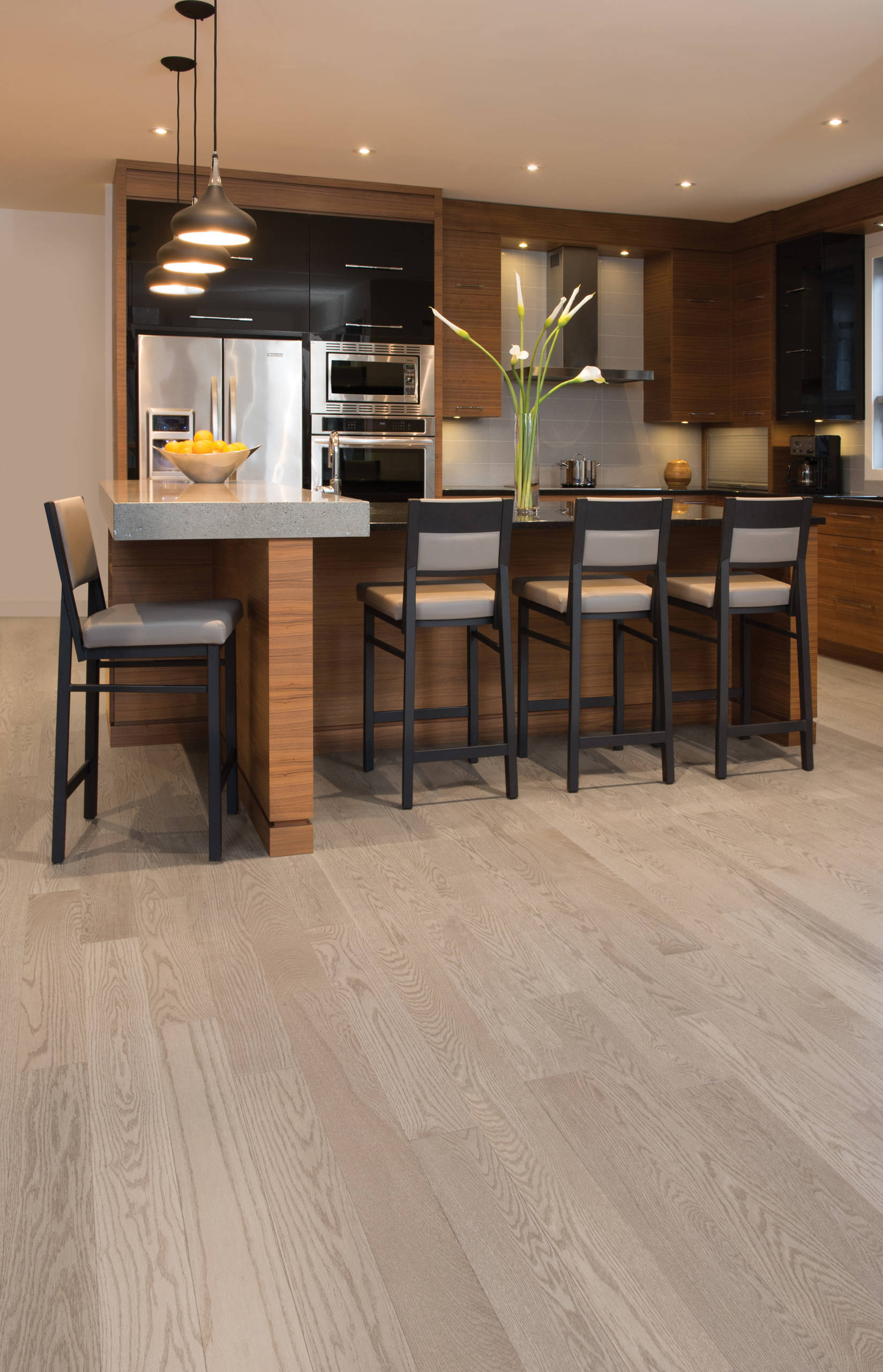
The true test of great surfaces lies in how they adapt to your life. We evaluate materials through three lenses: daily performance, timeless appeal, and environmental impact. Modern homeowners want surfaces that tell stories – whether through reclaimed oak’s character or sleek porcelain’s clean lines.
Material Evolution Meets Design Trends
Domestic wood species dominate current preferences. White oak’s neutral tones pair effortlessly with both farmhouse and contemporary decor. Brett Miller of the National Wood Flooring Association notes:
“Planks now average 7-7½ inches wide – they create cleaner sightlines and make rooms feel expansive.”
Porcelain tile innovations now replicate weathered wood textures so accurately you’ll double-check labels. These moisture-resistant surfaces work equally well in sunrooms and mudrooms. For high-traffic areas, textured vinyl planks with attached padding reduce noise by up to 70%.
Eco-Conscious Choices Without Compromise
Sustainability drives many flooring materials decisions today. Bamboo matures in 5 years versus hardwood’s 50-year cycle. Cork’s natural cushioning makes it ideal for home offices, while hempwood offers exotic grain patterns with rapid renewability.
We help clients navigate trade-offs:
- Carbon-capturing cement tiles vs classic ceramic
- Linoleum’s biodegradability vs vinyl’s waterproofing
- Reclaimed barnwood authenticity vs engineered stability
Make sure to consider lifetime costs – some new flooring options last decades with minimal upkeep. Our team compares 12 factors during consultations, from subfloor requirements to resale impacts. Because the right choice should feel effortless today and still impress in 2040.
Room-Specific Flooring Solutions
Every space in your house has unique demands – from splash zones to cozy retreats. We match materials to your daily rhythms, ensuring surfaces work as hard as you do while enhancing your decor.
Moisture Resistance and Durability
Kitchens thrive with ceramic porcelain tile that shrugs off hot pans and spaghetti spills. Its non-porous surface cleans with a quick wipe. Prefer warmer underfoot feel? Textured luxury vinyl handles juice spills and dropped silverware without grout maintenance.
Bathrooms demand surfaces that laugh at steam puddles. We recommend:
- Slip-resistant porcelain with wood-look patterns
- Waterproof vinyl planks with mold-resistant cores
- Heated tile systems for chilly mornings
Comfort, Style, and Functionality
Living rooms shine with classic hardwood that ages like fine wine. Its natural variations hide minor scuffs from movie nights. For homes with toddlers or pets, engineered wood offers similar beauty with scratch-resistant coatings.
Bedrooms deserve plush comfort under bare feet. Consider:
- Cork’s natural cushioning for arthritic joints
- Wall-to-wall carpet in allergy-friendly wool
- Bamboo planks that stay warm year-round
| Space | Top Pick | Why It Works |
|---|---|---|
| Kitchens | Porcelain Tile | Stain-proof, heat-resistant |
| Bathrooms | Luxury Vinyl | 100% waterproof, warm feel |
| Living Rooms | Hardwood | Timeless, refinishable |
| Bedrooms | Engineered Wood | Quiet, stable in humidity |
Installation, Maintenance, and ROI Insights
Ever wonder why some surfaces look flawless for decades while others buckle within months? The secret lies in smart installation choices and proper upkeep. Let’s break down how to protect your investment while maximizing comfort and value.
DIY Versus Professional Installation Guidelines
Click-lock laminate and vinyl planks tempt weekend warriors with their puzzle-piece assembly. These materials work well for small rooms or temporary updates. But uneven subfloors or complex layouts often trip up DIYers – we’ve seen $800 projects turn into $3,000 fixes.
Hardwood and tile demand precision. A single misaligned row can ruin entire installations. Our Clinton team uses laser-leveling tools to ensure perfect alignment. As one client learned:
“My $12/sq ft tile job would’ve cost $8/sq ft if I hadn’t botched the first attempt.”
| Material | DIY-Friendly? | Common Pitfalls | Pro Solution |
|---|---|---|---|
| Vinyl Planks | Yes | Gapping from expansion | Climate-controlled storage |
| Laminate | Partial | Edge chipping | Specialized saw blades |
| Hardwood | No | Cupping from moisture | Moisture barrier installation |
| Tile | No | Cracked grout lines | Reinforced underlayment |
Long-Term Value, Refinishing, and Home Resale Considerations
Hardwood’s refinishing superpower explains its 106% ROI (Angi, 2023). Sand away scratches every 10-15 years for like-new appeal. Engineered wood offers limited refreshes, while luxury vinyl and tile require full replacement when worn.
Simple maintenance extends lifespans:
- Microfiber mops for vinyl’s delicate surfaces
- pH-neutral cleaners for natural stone
- Felt pads under furniture legs
Resale-focused clients often choose neutral oak planks or large-format tiles. These crowd-pleasers attract buyers while accommodating diverse decor styles. Remember: quality installations become selling points during home tours.
Conclusion
Choosing surfaces underfoot shapes daily life more than most realize. We’ve seen how the right materials turn chaotic mornings into smooth routines and transform dated spaces into modern retreats. From pet-friendly vinyl to heat-treated hardwood, today’s options adapt to your story.
Consider how each room lives. Porcelain tiles handle muddy boots by entries, while cushioned vinyl softens playroom tumbles. Bedrooms glow with engineered wood’s warmth, and kitchens stay spotless with easy-clean surfaces. Every choice impacts comfort for years ahead.
Trends fade, but smart selections age gracefully. Our Maryland clients often mix materials – pairing wood-look tiles in wet areas with genuine hardwood elsewhere. This balance creates cohesive designs that withstand life’s messes.
Ready to explore? Visit our Clinton showroom at 7702 Old Alexandria Ferry Road or Mechanicsville’s branch (26330 Three Notch Road). Touch samples, compare textures, and discuss installation nuances. Can’t stop by? Call +1-240-763-9792 or email info@europeangranitedesign.com for personalized guidance.
Your floors should reflect what matters most – whether that’s toddlers’ laughter or quiet Sunday coffees. Let’s build surfaces that support every moment.
FAQ
Can luxury vinyl work in kitchens or bathrooms?
Absolutely! Luxury vinyl flooring (LVF) is waterproof, scratch-resistant, and mimics the look of wood or stone. It’s a top choice for moisture-prone spaces like kitchens and bathrooms due to its durability and easy maintenance.
How do we balance style and practicality for living rooms?
Living rooms benefit from warm, inviting materials like hardwood or plush carpet. For high-traffic areas, consider scratch-resistant options such as oak or maple, or opt for durable laminate that mimics natural textures without the upkeep.
Is ceramic tile too cold for bedrooms?
Ceramic or porcelain tile can feel chilly underfoot, which is why many homeowners prefer carpet or engineered wood in bedrooms. If you love tile’s look, pair it with area rugs for added warmth and comfort.
Should we DIY install our new floors?
DIY works for click-lock vinyl planks or laminate, but complex materials like hardwood or tile often require professional tools and expertise. Improper installation can lead to costly repairs, so weigh your skills against the project’s complexity.
How does flooring impact home resale value?
Quality materials like hardwood or stone add significant appeal and ROI. Neutral tones and durable surfaces attract buyers, while worn or mismatched styles can deter interest. We recommend prioritizing timeless designs for long-term value.
Are there eco-friendly options available?
Yes! Bamboo, cork, and reclaimed wood are sustainable choices. Many brands, including those at Home Depot, offer low-VOC adhesives and recycled-content tiles. Look for certifications like FSC or GreenGuard to ensure eco-conscious products.
What’s the easiest material to clean daily?
Luxury vinyl and ceramic porcelain tile rank high for easy cleaning. Both resist stains and moisture, requiring only routine sweeping and occasional mopping. Avoid porous materials like natural stone in spill-prone areas unless sealed properly.

